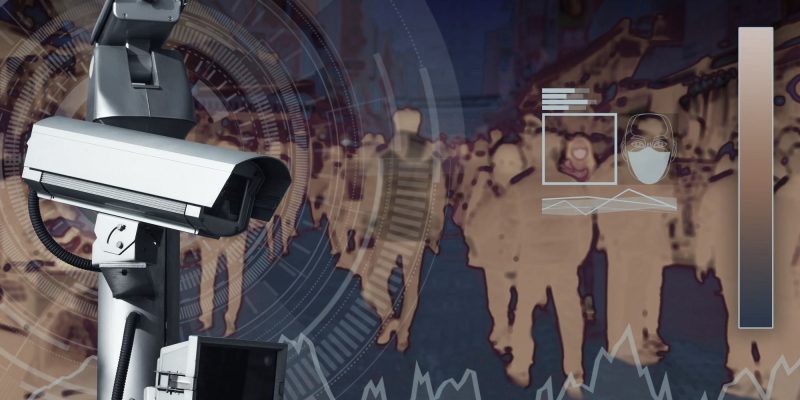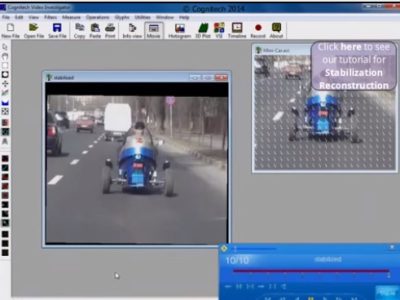Forensic video analysis involves the objective, scientific study, interpretation, and assessment of video evidence to investigate and solve crimes. It entails the use of specialist software and techniques to enhance, analyze, and interpret video evidence in order to find concealed or masked features and ascertain the order of events shown in the tape.
In criminal investigations, video footage is becoming a more significant source of evidence, and forensic video analysis is now a crucial tool for law enforcement organizations all over the world. In this article, we’ll examine the function of forensic video analysis in solving crimes, various methods and tools employed in the industry, as well as the difficulties and constraints faced by forensic video analysts. So, with that said, let’s get down to it.
What are the functions of forensic video analysis in solving crimes?
By providing objective, unbiased evidence that may be utilized to identify individuals, reconstruct events, and establish the timeline of a crime, forensic video analysis plays a crucial part in solving crimes. It can assist investigators in locating, observing, and tracking the people shown in the video as well as seeing any contradictions or discrepancies in their claims.
When there are no witnesses or any other physical evidence, video footage is very helpful since it can accurately portray what happened. Additionally, it might add new details which may not have been covered by other sources and support or contradict eyewitness evidence.

forensic video analysis
What are the methods and tools employed in Forensic Video Analysis?
In forensic video analysis, a variety of methods and tools are employed, such as:
- Forensic Video Enhancement – By using specialist software, video footage can be enhanced to increase its quality and clarity, making it simpler to view and analyze. Image sharpening, noise and distortion removal, color balance adjustment, and other things can be done with video improvement.
- Frame-by-frame analysis: In this method, each frame of a movie is carefully examined in search of hints and information that might not be discernible when the film is played at a normal speed. The identification of objects, people, or events that would have gone unnoticed in real-time can be accomplished through frame-by-frame analysis.
- Video authentication: This involves examining video footage to see if it has been changed or tampered with in any manner. The authenticity of film may be verified, and any alterations or manipulations that may have been made can be found via video authentication.
- Temporal and geographical analysis: This involves analyzing the time and place of events seen in the video with the aim of establishing the timeline and pinpointing the scene of the crime. Tools like GPS information, maps, and other reference materials can be used for this.
WRAP UP
In conclusion, forensic video analysis is an effective tool for identifying suspects, reconstructing events, and establishing the timeline of a crime. It offers objective, unbiased evidence that can be used in these ways.
Despite difficulties and constraints, forensic video analysts are increasingly able to evaluate video material with greater efficiency and accuracy thanks to ongoing technological and methodological advancements.
As video evidence becomes an increasingly essential source of data in criminal investigations, the function of forensic video analysis would only continue to rise in importance.












Comments